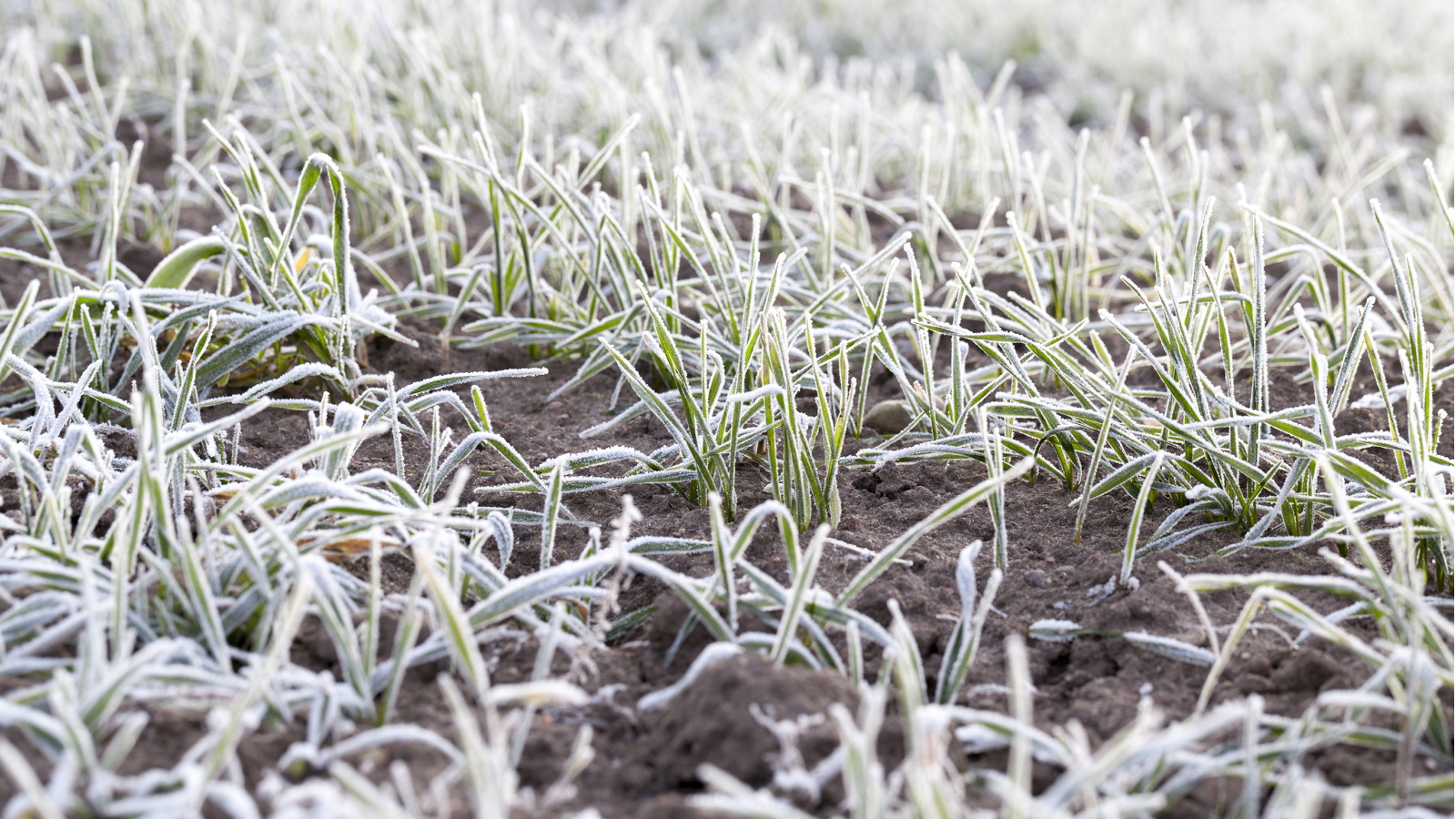
As the first frost of the season draws nearer, gardeners everywhere will be turning their attention to protecting their plants and preparing their yard for the coldest time of the year. In the rush of doing so, you might have neglected an important matter - protecting your soil from freezing temperatures.
It might not be at the top of your to-do list when thinking about how to overwinter a garden, but ensuring there are precautions in place to stop your soil freezing is vital for maintaining soil health. 'When the soil freezes, water is obstructed and unable to travel deep into the root zone of plants and seeds are unable to germinate,' says horticulture expert and founder of Yardwork, Michael Clarke.
Not only this, but freezing temperatures can also affect soil structure. That's why it's important to prevent soil freezing in winter - here's everything you need to know about how to do it.
How to stop soil freezing in winter

It might sound like an impossible task at first and, of course, you might not be able to prevent all the soil in your yard from freezing. It's best to prioritize the areas where you have less hardy plants growing or have recently placed perennial bulbs to plant in fall and other seeds.
'To stop soil freezing you can add a layer of organic matter to garden beds, which does a better job of retaining heat and moisture,' says Michael.
Whether you choose to add homemade compost or rather take up mulching to protect your soil, adding a layer of organic matter provides insulation for your soil, seeds and plant roots.
'Mulching around plants helps retain moisture and heat which will preventing soil from freezing, and you can also cover plants with frost cloth (available at Amazon) to prevent frost forming,' Michael adds.
It's also a good idea to water your plants before a frost. 'Water your soil thoroughly, since wet soil is better at holding heat than dry soil,' Michael advises.
This four pack of 1.5 cubic feet bags of mulch is made up of dye-free, sustainable wood.
When should you stop soil freezing?

Just like other overwintering tasks, it's best to put your frost precautions in place ahead of freezing temperatures arriving.
'Precautions should be put in place in the mid to late fall before the first signs of frost,' says Michael. 'You can start covering your plants just before sunset on nights when frost is likely,' he adds.
This means keeping an eye on your local weather forecast, as frost dates will differ between US hardiness zones. Give you soil a thorough watering the day before the first night of frost and add your organic matter for insulation ahead of cold temperatures - tasks to make a note of on your fall gardening checklist.
FAQs
What should you do if your soil has frozen?
If your soil has frozen in winter temperatures, it's best to let it thaw naturally rather than force it. You should also avoid watering frozen soil and rather water your plants thoroughly before a frost arrives to lock in moisture. Digging into frozen soil may also damage your tools and can even cause injury.
Putting precautions in place to prevent soil freezing is all part of protecting plants from frost. Make the most of fallen leaves you collect in fall by making leaf mold to use for soil insulation. Alternatively, get to grips with how to make compost so that you have a large supply by the time winter comes around.







